Wildlife Photography Tips for Beginners! Wildlife photography for beginners can be a great way to get started in the hobby. There are many different types of wildlife to photograph, and even more, ways to photograph them. Some tips for beginners include learning how to identify animals and finding habitats that they frequent.
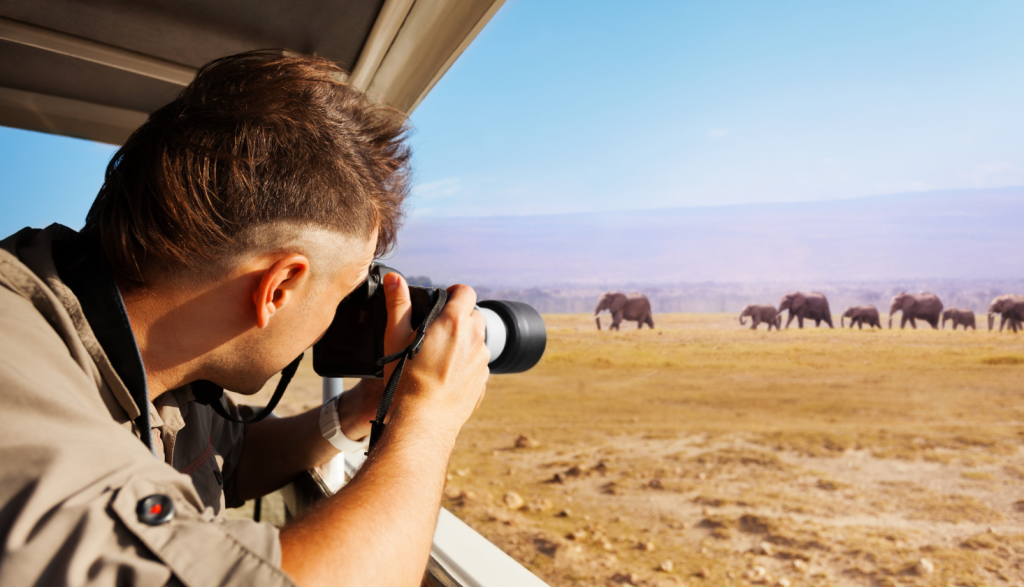
If you’re new to wildlife photography, or even if you’ve been at it for a while, there are some great tips in this article for capturing beautiful images of animals without having to spend hours in the field. Whether you’re using basic equipment or incorporating some advanced techniques, these tips will help you take stunning pictures of nature’s creatures.
Wildlife Photography Tips for Beginners
When it comes to wildlife photography, no one knows more than veteran photographers. However, with a little perseverance and some helpful tips from experts, anyone can take stunning wildlife photos. Here are five basic tips for beginners:
1. Get Close to Your Subject
If you’re looking to take your wildlife photography up a notch, get close to your subject. Wildlife is often skittish and will flee if they sense you’re too close. By getting closer, you can capture more intimate shots of your subject in its natural habitat.
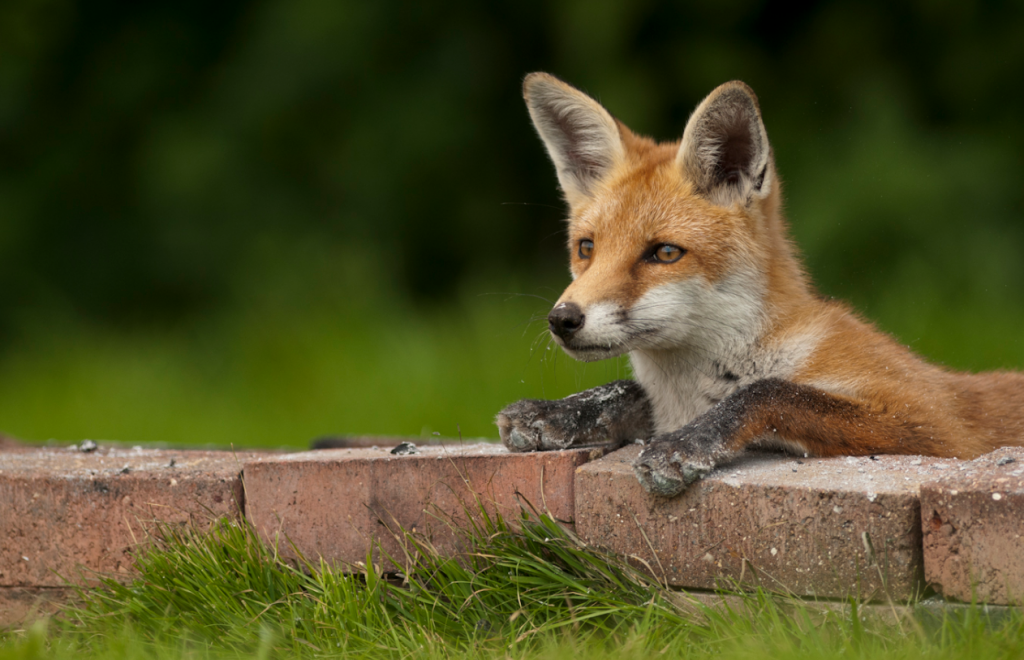
Of course, you don’t want to get too close; if you invade the animal’s personal space, it will likely flee. Instead, use your zoom lens to get closer without disturbing the animal. If you don’t have a zoom lens, try using binoculars or a telephoto lens adapter to get closer to your subject.
2. Use a Fast Shutter Speed
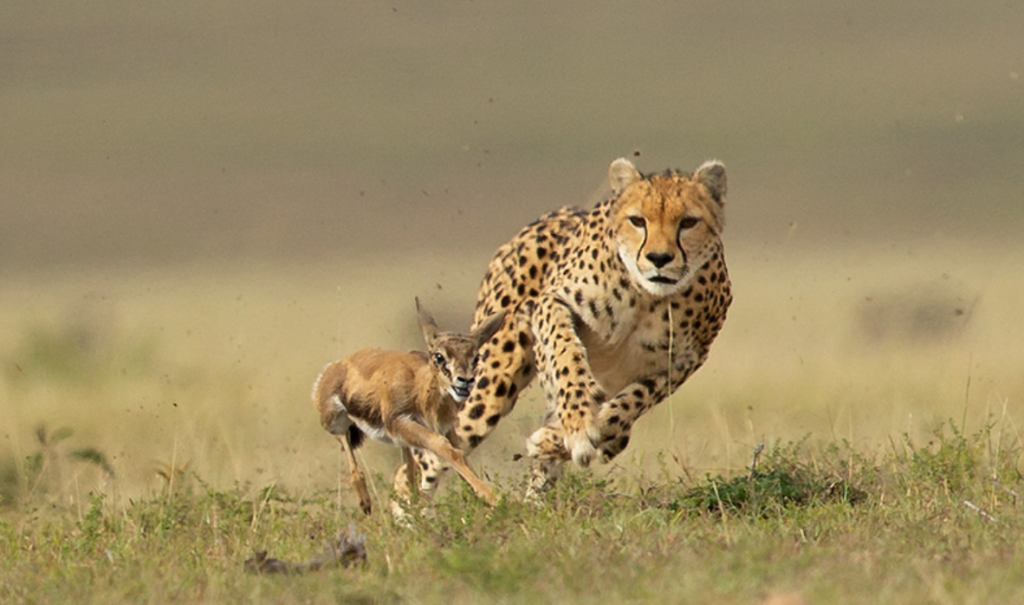
When photographing wildlife, it’s important to use a fast shutter speed to capture the animal in motion. A fast shutter speed will freeze the action and help you capture clear, sharp photos. To achieve a fast shutter speed, you’ll need to use a high ISO setting and a wide aperture. If your camera has a sports mode, be sure to use it to help you get the best results.
3. Use a Tripod
When photographing wildlife, it’s important to use a tripod to ensure sharp, clear images. This is especially true when using a long lens, which can make even the steadiest handshake. By using a tripod, you’ll be able to take sharper photos with less blur.
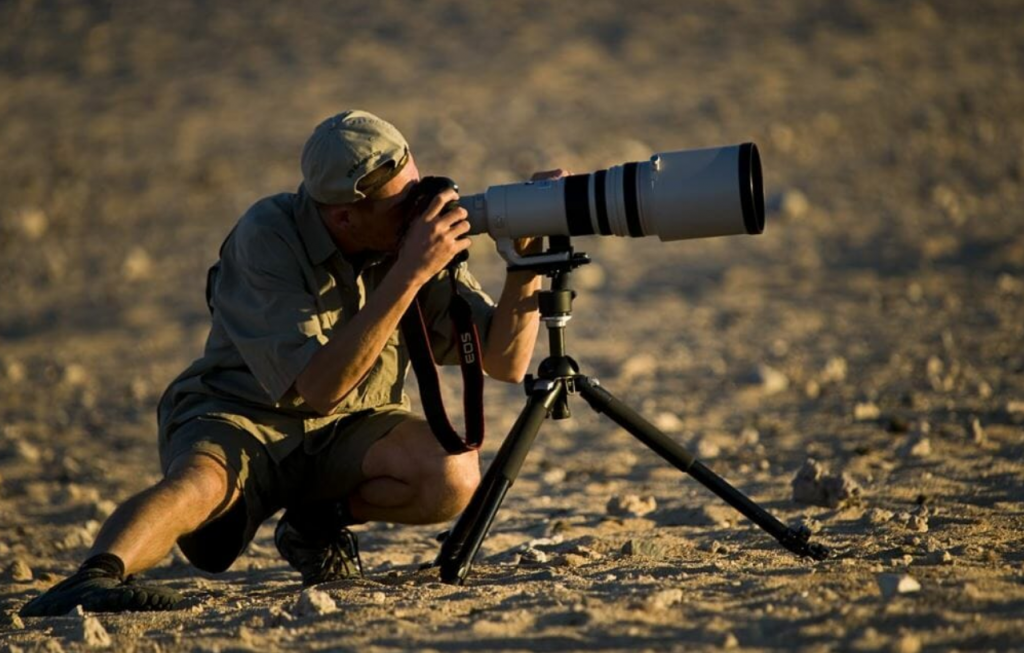
Another reason to use a tripod is to help you get the perfect composition. When you’re able to slow down and take your time, you can experiment with different angles and positions until you find the one that works best for your shot.
4. Use the Correct Lens
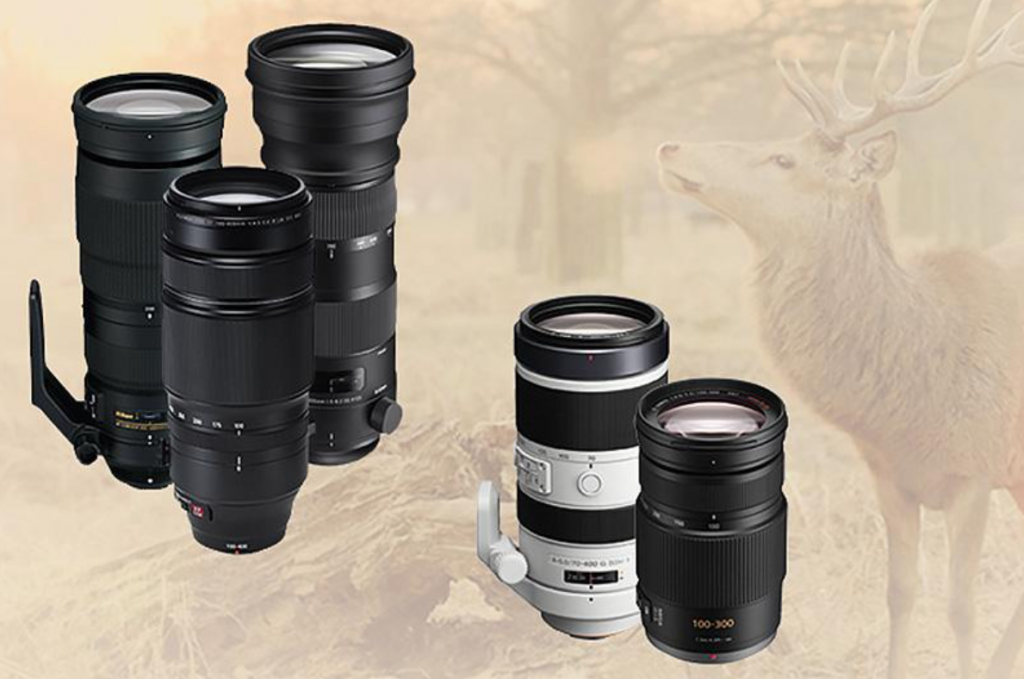
One of the most important things to remember when photographing wildlife is to use the correct lens. A telephoto lens will help you get close to the animal and capture a clear image. If you are using a camera with a fixed lens, try to get as close to the animal as possible.
5. Use Manual Focus
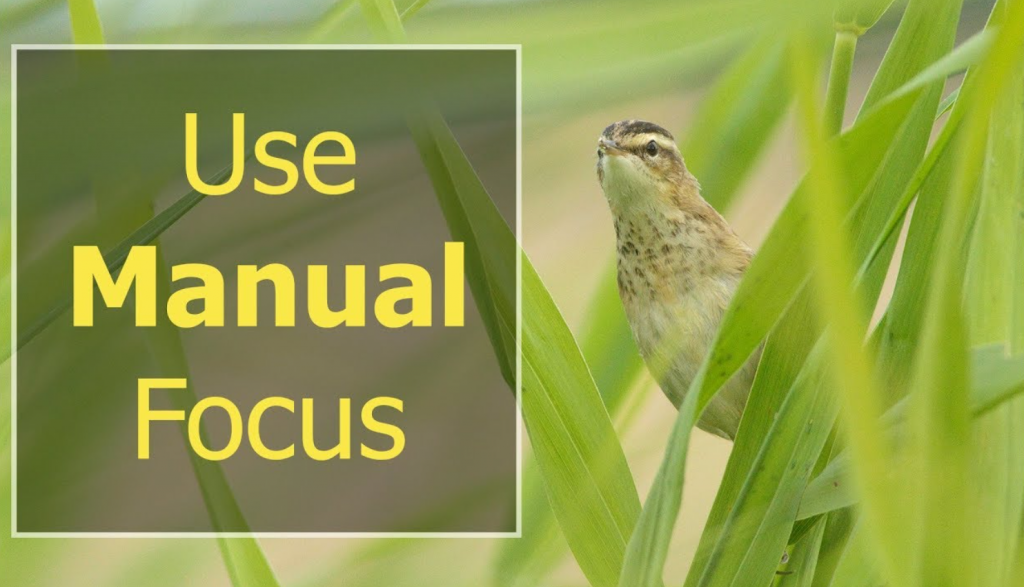
One wildlife photography tip for beginners is to use manual focus instead of autofocus. Autofocus can be tricky in situations where there is a lot of movement, such as in nature. With manual focus, you have more control over the photograph and can ensure that your subject is in focus.
6. Try Different Focal Lengths
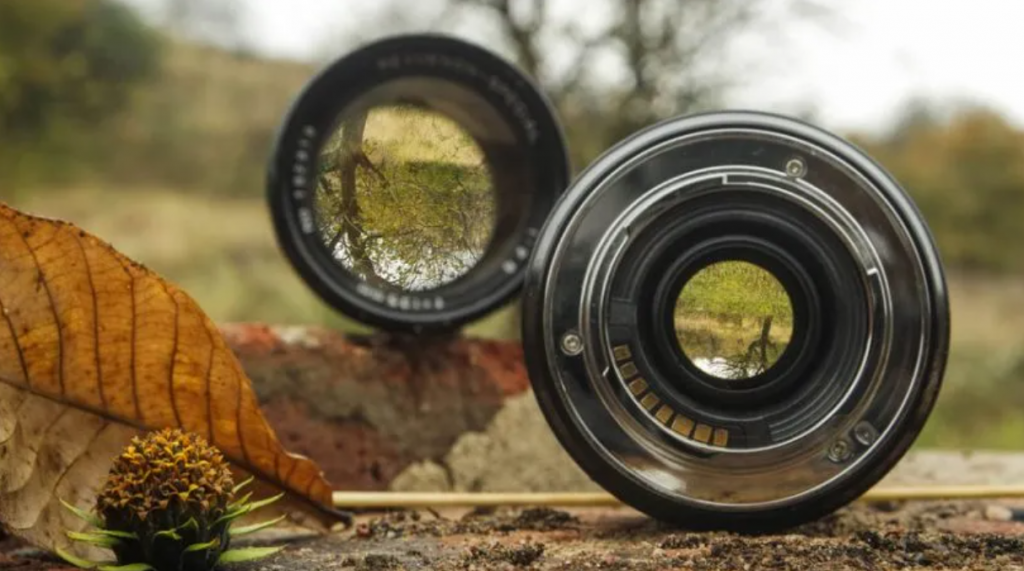
When you are starting out in wildlife photography, it’s important to try different focal lengths. This will help you find the best lens for the shot you’re trying to capture. In general, a longer focal length will give you a tighter shot, while a shorter focal length will give you a wider shot. However, there are no hard and fast rules, so experimentation is key!
7. Take Lots of Photos
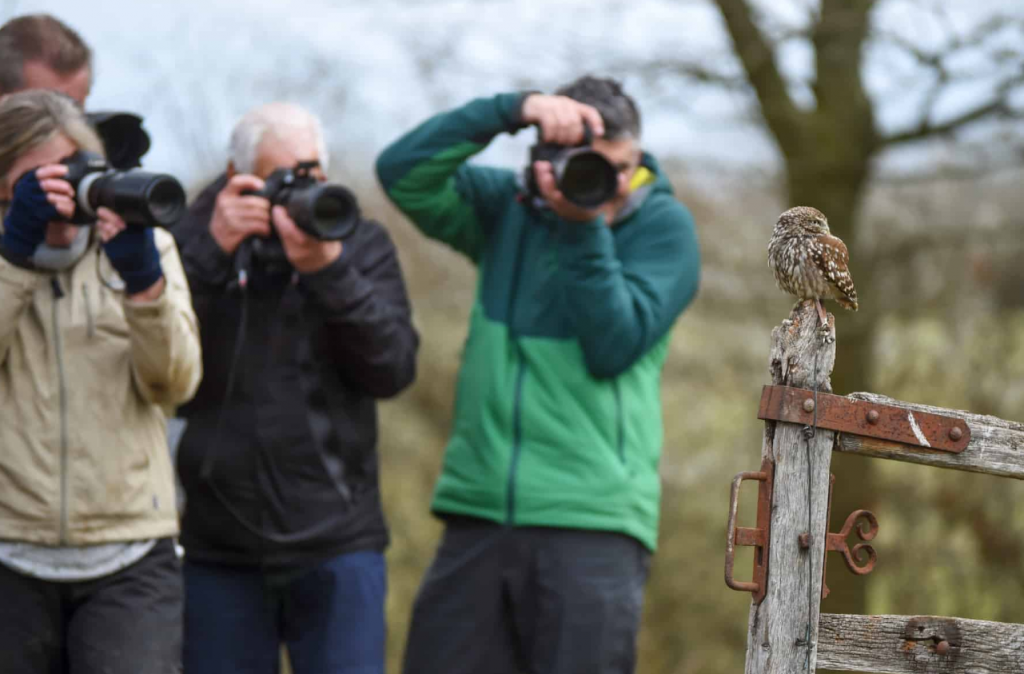
One of the best things beginners can do to improve their wildlife photography is to take lots of photos. This will help them learn what works and what doesn’t, and it will also help them develop an eye for good composition. Additionally, it’s important to be patient when photographing wildlife; often, you’ll have to wait for the perfect shot. And finally, always keep your camera with you, because you never know when a good opportunity will present itself.
8. Take Your Time Composing Your Shot
When taking photos of wildlife, it is important to take your time composing the shot. This will help you get the perfect picture. In order to get a good composition, you should think about the background, foreground, and subject of your photo. You should also think about how to use light to your advantage.
Conclusion
In conclusion, wildlife photography can be a fun and rewarding hobby for anyone interested in nature and photography. With a little bit of practice and some basic knowledge, anyone can improve their wildlife photography skills. By following the tips mentioned in this article, you too can capture beautiful photos of wildlife in its natural habitat. { "@context": "https://schema.org/", "@type": "HowTo", "name": "Wildlife Photography Tips for Beginners", "description": "Wildlife Photography Tips for Beginners! Wildlife photography for beginners can be a great way to get started in the hobby. There are many different types of wildlife to photograph, and even more, ways to photograph them. Some tips for beginners include learning how to identify animals and finding habitats that they frequent.", "image": "https://photolightboxes.net/wp-content/uploads/2022/06/Wildlife-Photography-Tips-for-Beginners-2-1024x587.png", "totalTime": "PT10M", "estimatedCost": { "@type": "MonetaryAmount", "currency": "USD", "value": "10$" }, "supply": [ { "@type": "HowToSupply", "name": "tripod" } ], "tool": [ { "@type": "HowToTool", "name": "telephoto lens" } ], "step": [ { "@type": "HowToStep", "text": "If you’re looking to take your wildlife photography up a notch, get close to your subject. Wildlife is often skittish and will flee if they sense you’re too close. By getting closer, you can capture more intimate shots of your subject in its natural habitat.", "image": "https://photolightboxes.net/wp-content/uploads/2022/06/Get-Close-to-Your-Subject-1024x660.png", "name": "Get Close to Your Subject", "url": "https://photolightboxes.net/wildlife-photography-tips-for-beginners/#1_Get_Close_to_Your_Subject" }, { "@type": "HowToStep", "text": "When photographing wildlife, it’s important to use a fast shutter speed to capture the animal in motion. A fast shutter speed will freeze the action and help you capture clear, sharp photos. To achieve a fast shutter speed, you’ll need to use a high ISO setting and a wide aperture. If your camera has a sports mode, be sure to use it to help you get the best results.", "image": "https://photolightboxes.net/wp-content/uploads/2022/06/Use-a-Fast-Shutter-Speed-2-1024x605.png", "name": "Use a Fast Shutter Speed", "url": "https://photolightboxes.net/wildlife-photography-tips-for-beginners/#2_Use_a_Fast_Shutter_Speed" }, { "@type": "HowToStep", "text": "When photographing wildlife, it’s important to use a tripod to ensure sharp, clear images. This is especially true when using a long lens, which can make even the steadiest handshake. By using a tripod, you’ll be able to take sharper photos with less blur.", "image": "https://photolightboxes.net/wp-content/uploads/2022/06/Use-a-Tripod-4-1024x653.png", "name": "Use a Tripod", "url": "https://photolightboxes.net/wildlife-photography-tips-for-beginners/#3_Use_a_Tripod" }, { "@type": "HowToStep", "text": "One of the most important things to remember when photographing wildlife is to use the correct lens. A telephoto lens will help you get close to the animal and capture a clear image. If you are using a camera with a fixed lens, try to get as close to the animal as possible.", "image": "https://photolightboxes.net/wp-content/uploads/2022/06/Use-the-Correct-Lens-1024x679.png", "name": "Use the Correct Lens", "url": "https://photolightboxes.net/wildlife-photography-tips-for-beginners/#4_Use_the_Correct_Lens" }, { "@type": "HowToStep", "text": "One wildlife photography tip for beginners is to use manual focus instead of autofocus. Autofocus can be tricky in situations where there is a lot of movement, such as in nature. With manual focus, you have more control over the photograph and can ensure that your subject is in focus.", "image": "https://photolightboxes.net/wp-content/uploads/2022/06/Use-Manual-Focus-1024x587.png", "name": "Use Manual Focus", "url": "https://photolightboxes.net/wildlife-photography-tips-for-beginners/#5_Use_Manual_Focus" }, { "@type": "HowToStep", "text": "When you are starting out in wildlife photography, it’s important to try different focal lengths. This will help you find the best lens for the shot you’re trying to capture. In general, a longer focal length will give you a tighter shot, while a shorter focal length will give you a wider shot. However, there are no hard and fast rules, so experimentation is key!", "image": "https://photolightboxes.net/wp-content/uploads/2022/06/Try-Different-Focal-Lengths-1024x571.png", "name": "Try Different Focal Lengths", "url": "https://photolightboxes.net/wildlife-photography-tips-for-beginners/#6_Try_Different_Focal_Lengths" }, { "@type": "HowToStep", "text": "One of the best things beginners can do to improve their wildlife photography is to take lots of photos. This will help them learn what works and what doesn’t, and it will also help them develop an eye for good composition. Additionally, it’s important to be patient when photographing wildlife; often, you’ll have to wait for the perfect shot. And finally, always keep your camera with you, because you never know when a good opportunity will present itself.", "image": "https://photolightboxes.net/wp-content/uploads/2022/06/Take-Lots-of-Photos-1024x674.png", "name": "Take Lots of Photos", "url": "https://photolightboxes.net/wildlife-photography-tips-for-beginners/#7_Take_Lots_of_Photos" }, { "@type": "HowToStep", "text": "When taking photos of wildlife, it is important to take your time composing the shot. This will help you get the perfect picture. In order to get a good composition, you should think about the background, foreground, and subject of your photo. You should also think about how to use light to your advantage.", "image": "https://photolightboxes.net/wp-content/uploads/2022/06/Take-Lots-of-Photos-1024x674.png", "name": "Take Your Time Composing Your Shot", "url": "https://photolightboxes.net/wildlife-photography-tips-for-beginners/#8_Take_Your_Time_Composing_Your_Shot" } ] }



